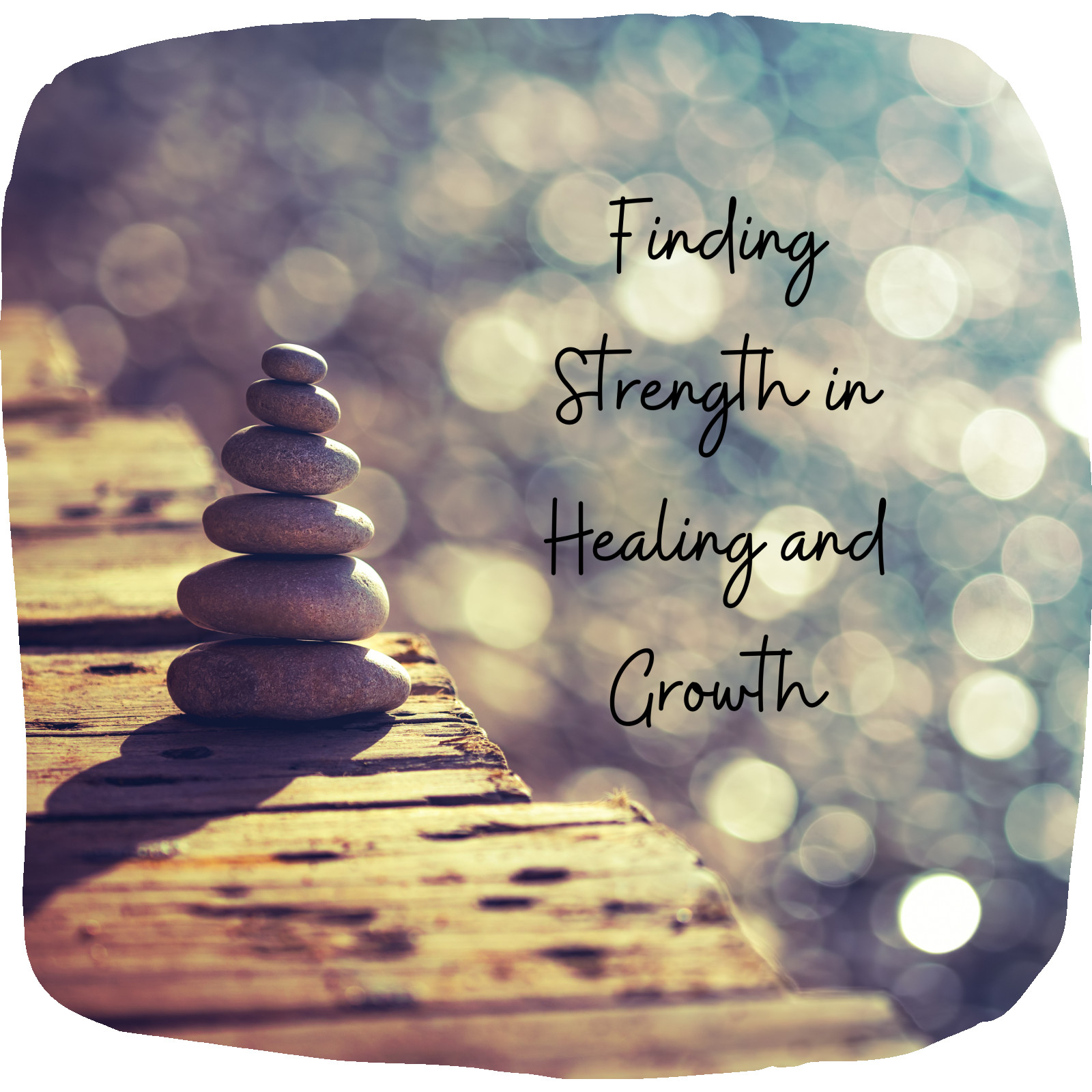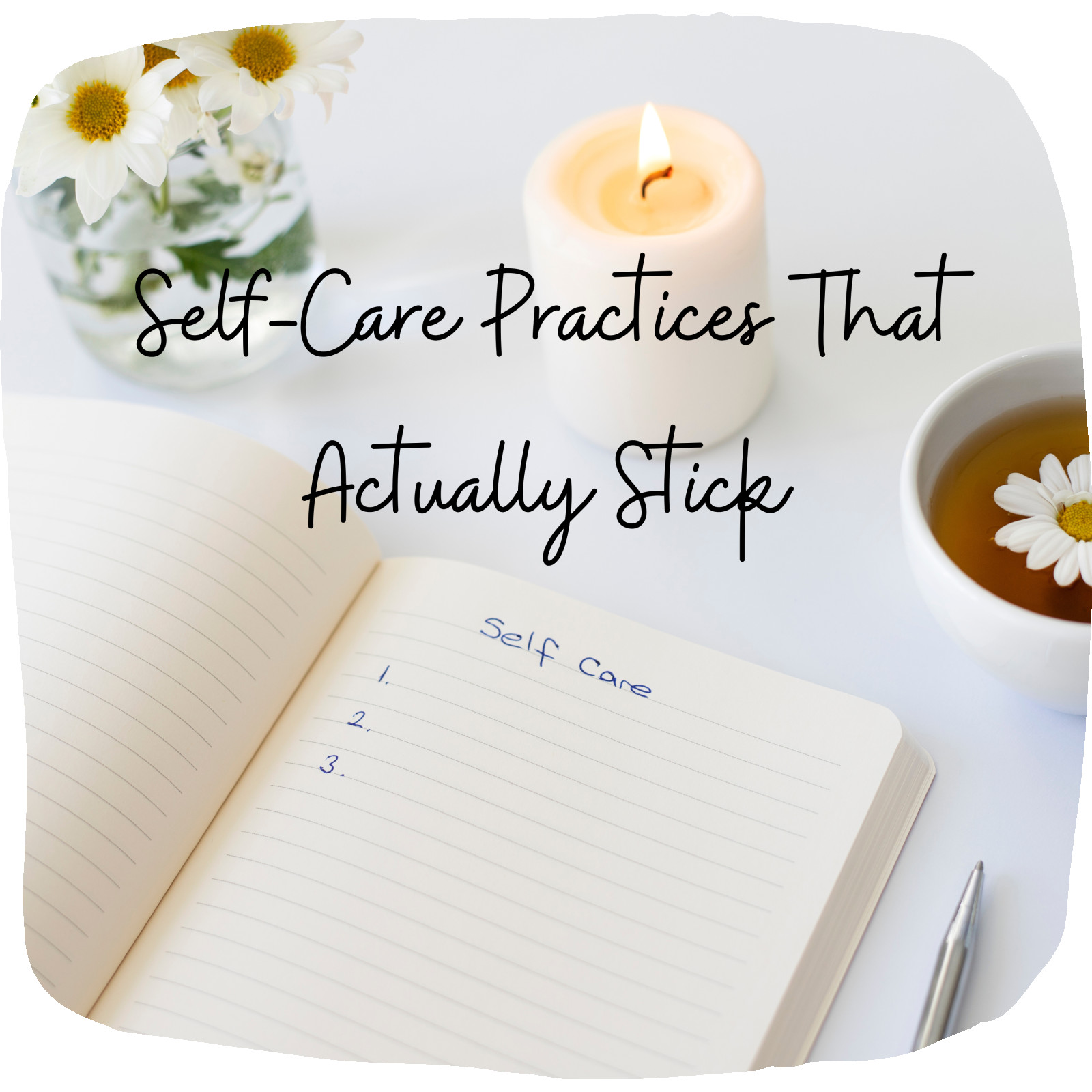
Life with fibromyalgia can feel like dancing through landmines, with each step potentially triggering an explosion of pain, fatigue, and a landslide of other symptoms. So, let's tackle something most fibromyalgia warriors can relate to: figuring out whether what you eat can aggravate your symptoms. Because sometimes, knowing what not to eat is just as important as knowing what pills to take. Ok, who am I kidding? It's more important than knowing what pills to take.
Fibromyalgia is like a crazy riddle, a puzzle where each answer leads to a dozen new questions. It’s a condition without a clear cause and is known for its elusiveness in treatment. Symptoms like chronic pain, fatigue, and cognitive issues, or "fibro fog" as we like to call it, are just the tip of the iceberg.
I fully believe food can play a role in exacerbating or soothing these symptoms. Imagine struggling with your everyday routine, battling endless exhaustion, and then realizing that what you ate for breakfast might have had a hand in your aches. (Been there, done that.) Understanding the relationship between diet and fibromyalgia is a puzzle piece that can significantly impact overall wellness and quality of life.
There’s no shortage of diets out there, but for us fibro warriors, food choices can be loaded with more significance than simply calorie counting (which I never do, by the way). The concept of "trigger foods" isn't just a cliche—it's a crucial, yet often overlooked, part of managing fibromyalgia.
Certain foods may induce an inflammatory response, which is the last thing someone with fibromyalgia needs. Inflammation is like the villain in a superhero movie—it’s everywhere at once and hard to pin down. It's why understanding how your diet can fuel the fires of fibromyalgia symptoms is so important.
To start the process of elimination, here's a menu of commonly suspected fibromyalgia trigger foods:
- High-Glycemic Foods: That post-sugar crash? It's not your friend.
- Red Meat: It’s not just about the fat content. There's something about red meat that doesn't sit well with fibromyalgia.
- Caffeine: A double-edged sword. In moderation, it can be uplifting, but overconsumption might lead to a caffeine hangover—a trigger for fibro fog.
- Artificial Additives: It’s a far cry from "mother knows best" when it comes to man-made flavors and preservatives.
But remember, these foods don’t affect everyone the same way. Each body is a unique recipe of genetics, lifestyle, and, of course, diet.
Now it’s time to play chef. What's the recipe for a diet that's fibromyalgia-friendly? Here's a taste of what you can cook up:
- Start a Food Journal: Write it down, every morsel. Not everyone keeps a journal, but this one might hold the key to your health.
- Experiment with Elimination Diets: Think of it as a lesson in learning to listen to your own body.
- Stocking Your Shelves the Smart Way: You are what you eat, so be a smart shopper. Load up on whole, unprocessed foods.
- Supplement Sensibly: Your plate might not be getting all the nutrients it needs. Talk to a holistic practitioner about supplementing your diet.
- Hydrate and Recover: Water isn’t just for fish. Staying well-hydrated helps with overall pain management.
Shifting your relationship with food from necessity to a fuel for wellness is empowering. It's like discovering a new superpower. Trial and error may seem daunting, but every step towards uncovering your dietary triggers is a step away from unnecessary suffering.
Take control where you can, experiment with where you’re willing. Sometimes, it’s the seemingly small changes that create the most significant ripple effects in our health.
This isn't a sprint. It's more of a food marathon, a lifelong taste test of what works for you and what doesn’t. There's no one-size-fits-all approach, but you're creating a personalized menu for health. Immerse yourself in the experience with patience. And remember, you’re not just eating—you’re healing.
If you think certain foods might be affecting your fibromyalgia, start the conversation with a healthcare provider or nutrition coach. They're your sous-chefs in this culinary exploration of symptom management. Be patient, have fun in this new adventure, and remember, sometimes the most insightful discoveries come between bites.
Grab my free guide to learn more about managing fibromyalgia naturally.


















0 Comments